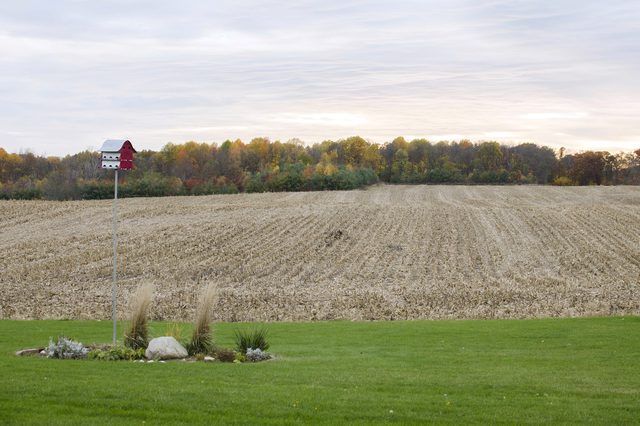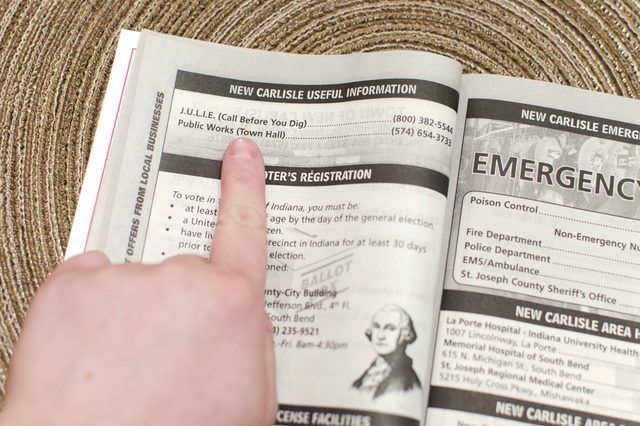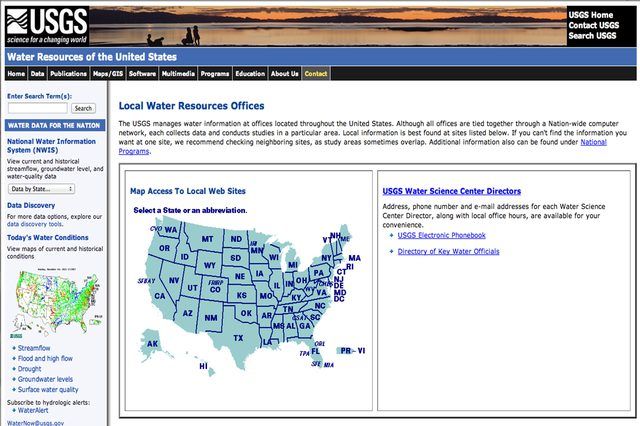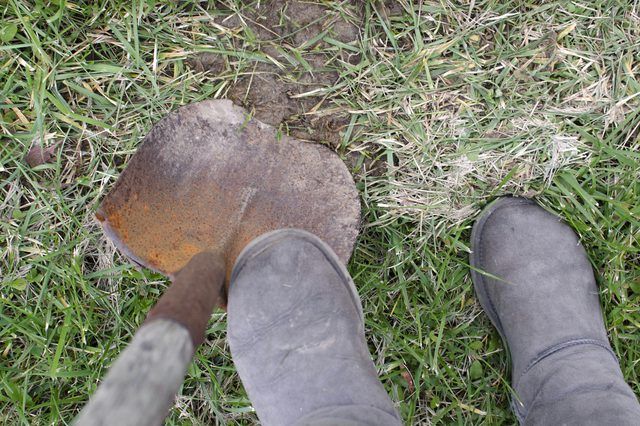Bulbs
Flower Basics
Flower Beds & Specialty Gardens
Flower Garden
Garden Furniture
Garden Gnomes
Garden Seeds
Garden Sheds
Garden Statues
Garden Tools & Supplies
Gardening Basics
Green & Organic
Groundcovers & Vines
Growing Annuals
Growing Basil
Growing Beans
Growing Berries
Growing Blueberries
Growing Cactus
Growing Corn
Growing Cotton
Growing Edibles
Growing Flowers
Growing Garlic
Growing Grapes
Growing Grass
Growing Herbs
Growing Jasmine
Growing Mint
Growing Mushrooms
Orchids
Growing Peanuts
Growing Perennials
Growing Plants
Growing Rosemary
Growing Roses
Growing Strawberries
Growing Sunflowers
Growing Thyme
Growing Tomatoes
Growing Tulips
Growing Vegetables
Herb Basics
Herb Garden
Indoor Growing
Landscaping Basics
Landscaping Patios
Landscaping Plants
Landscaping Shrubs
Landscaping Trees
Landscaping Walks & Pathways
Lawn Basics
Lawn Maintenance
Lawn Mowers
Lawn Ornaments
Lawn Planting
Lawn Tools
Outdoor Growing
Overall Landscape Planning
Pests, Weeds & Problems
Plant Basics
Rock Garden
Rose Garden
Shrubs
Soil
Specialty Gardens
Trees
Vegetable Garden
Yard Maintenance
How to Find My Water Table
How to Find My Water Table. Whenever it rains, water drains through the soil until it reaches the point in the earth that is saturated with water, and moves no further. The depth of your water table largely depends on the material that the earth underneath you is composed of and the amount of precipitation available. If you are lucky enough to...
Whenever it rains, water drains through the soil until it reaches the point in the earth that is saturated with water, and moves no further. The depth of your water table largely depends on the material that the earth underneath you is composed of and the amount of precipitation available. If you are lucky enough to have a water table that is deeper than 100 feet underground, you can pump out the water and drink it without purifying it.

Step 1
Call your local County Extension Office. It may have statistics for the average annual water table level in your area. This is especially helpful if you want data that spans months or years.

Step 2
Look online. Check out the website for your local Water Resources Office. The U.S. Geological Survey department has offices all over the United States that monitor current water table levels. Some sites even feature water table levels that are updated several times a day.

Step 3
Dig. This is the most reliable way to find the water table level on your land. However, depending on the area in which you live, your water table level may be several hundred feet below the surface. So unless you plan to dig a well, digging is inadvisable. As for where to dig, water table levels are relatively uniform in a given area. However, contact your Local County Extension office before digging. There may be restrictions against it in your area.
